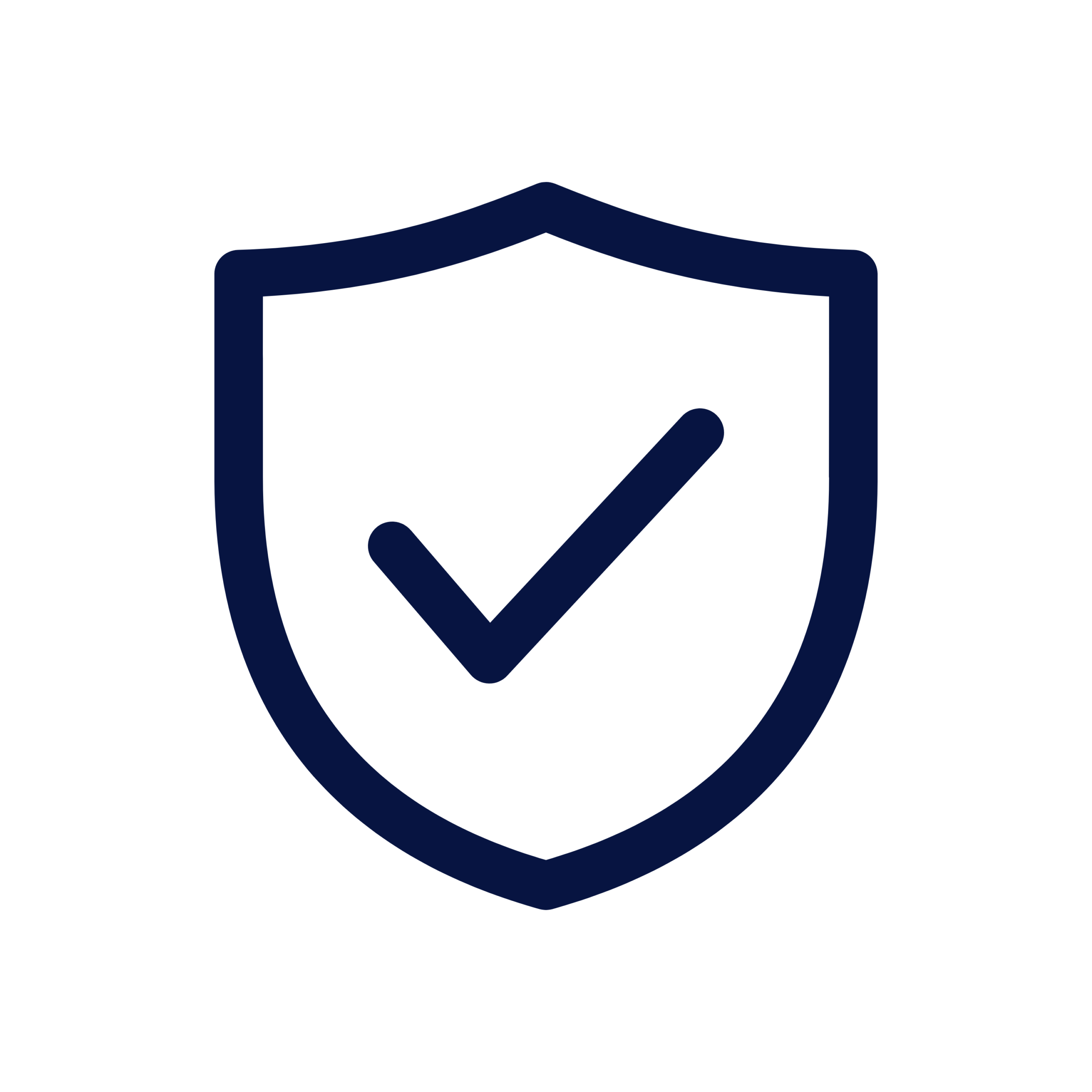Welcome! If you are asking what is a vLEI, the answer is simple: a vLEI is a digitally signed, verifiable credential that binds an organization’s LEI and its authorized representatives to cryptographic proofs. As a result, verification becomes instant, automated, and tamper‑evident across borders.
What is a vLEI? (plain definition)
A vLEI, or verifiable LEI, is a W3C Verifiable Credential that encodes an organization’s identity based on its Legal Entity Identifier, along with optional role credentials for people who act on its behalf. Therefore, relying parties can verify both the entity and its representatives with cryptographic assurance.
Unlike PDFs or screenshots, a vLEI proves origin and integrity. Moreover, it supports selective disclosure, privacy‑respecting presentations, and instant revocation checks.
How vLEI works: issuer, holder, verifier
Figure 1 — A Qualified vLEI Issuer (QVI) issues the credential to the Holder. The Holder presents cryptographic proofs to any Verifier.
First, a Qualified vLEI Issuer validates your data and issues the vLEI. Next, you store it in a secure wallet or platform. Then, a verifier requests a proof. Because the credential is signed and bound to keys, verification is automatic and immediate.
vLEI credential types
- Legal Entity vLEI — proves the organization’s identity and LEI link.
- Official Organizational Role (OOR) vLEI — proves that a named person holds an official role, such as Director or CEO.
- Engagement Context Role (ECR) vLEI — proves a functional role within a specific engagement, for example Project Manager.
- QVI Authorization (AUTH) vLEI — proves that an issuer is authorized to operate as a QVI.
Who issues and governs vLEIs
GLEIF serves as the global root of trust and defines the rules for the ecosystem. Qualified vLEI Issuers issue credentials under this governance. Meanwhile, legal entities and their representatives act as holders and presenters. Therefore, the model scales globally while keeping assurance high.
Authoritative reference: Learn more on GLEIF’s official vLEI page. GLEIF — Introducing the vLEI
How to get a vLEI
- Check your LEI status. Ensure the LEI for your entity is active and up to date.
- Select a Qualified vLEI Issuer. Compare coverage, languages, and turnaround. Additionally, review identity proofing requirements.
- Prepare documents. Gather registry details and authorized signatory information. Consequently, onboarding moves faster.
- Complete identity verification. The QVI validates the entity and, if needed, the representative’s role.
- Receive and store the vLEI. Use a wallet or trusted platform to manage credentials and proofs.
- Maintain and revoke when needed. Update roles, rotate keys, and revoke credentials promptly after changes.
Benefits and use cases
| Use case | What improves |
|---|---|
| Bank onboarding | Automated KYB/KYC, fewer documents, faster approvals |
| E‑signing & contracting | Cryptographic proof of entity and signer role |
| Regulatory reporting | Trusted entity identity with instant validation |
| Procurement & supply chain | Counterparty trust, reduced fraud risk |
| Cross‑border services | Portable credentials across jurisdictions |
FAQ
Is a vLEI the same as an LEI?
No. An LEI is the public identifier and record. A vLEI is a signed credential that references the LEI and enables automated verification.
Do I need a vLEI if I already have an LEI?
It depends on your workflows. If you want instant, cryptographic checks for onboarding, signing, or reporting, a vLEI helps greatly.
Does a vLEI reveal personal data?
Presentations can be scoped. You can disclose only what is required for a specific verification, which enhances privacy.
How does revocation work?
Issuers maintain status. When roles change or keys rotate, they can revoke or reissue credentials. Verifiers check status at the time of use.
Why focus on “what is a vLEI” for SMEs?
SMEs often face repeated identity checks. With a vLEI, they can satisfy multiple counterparties quickly. Therefore, teams save time and reduce manual errors.
Learn more:
